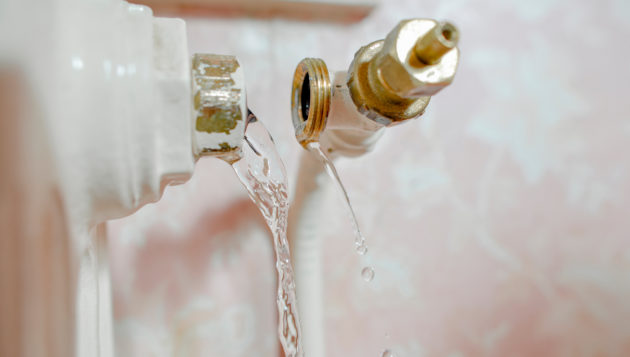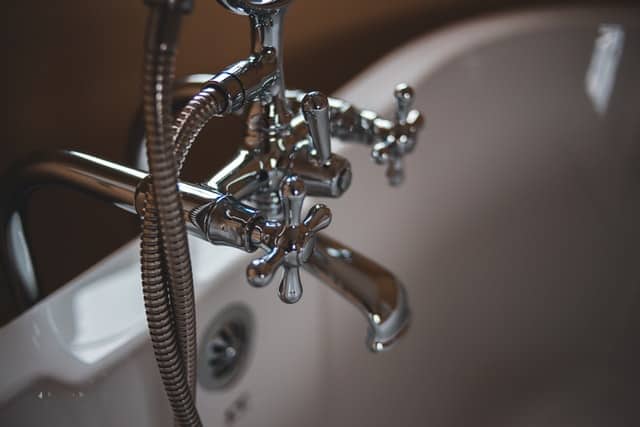Ultimate Guide to Winterizing Pipes: 5 Hacks to Prevent Bursting in Cold Climates
Book-NowWhat're your opinions about Winterizing Your Pipes?

All house owners who reside in warm climates should do their ideal to winterize their pipes. It is something you need to do throughout fall before deep wintertime genuinely begins. Failing to do so can lead to disaster like icy, split, or burst pipelines. Here are some helpful winterizing hacks to keep your plumbing system protected even if the weather condition exterior is terrible.
Attempt a Hair Clothes Dryer or Warmth Gun
When your pipelines are practically freezing, your dependable hair dryer or warm gun is a godsend. Bowling hot air directly into them might help if the warm towels do not aid dislodge any working out ice in your pipelines. Do not make use of various other items that create straight fires like a blow lantern. This can result in a bigger catastrophe that you can not control. You may wind up destructive your pipes while attempting to melt the ice. And over time, you may even end up shedding your residence. Beware!
Open Up Cabinet Doors Hiding Plumbing
It would certainly be useful to open cupboard doors that are masking your pipelines when it's cold outside. They could be somewhere in your kitchen area or shower room. This will certainly permit the warm air from your heating unit to flow there. As a result, you stop these revealed pipelines from cold. Doing this small method can maintain your pipes cozy as well as limit the potentially dangerous end results of freezing temperatures.
Take Some Time to Wrap Exposed Piping
One easy as well as clever hack to warm up freezing pipelines is to wrap them with warm towels. You can cover them initially with towels. After securing them in position, you can put boiling water on the towels. Do it gradually to allow the towels take in the fluid. You can additionally use pre-soaked towels in hot water, just don't forget to put on protective gloves to protect your hands from the heat.
Turn On the Faucets
When the temperature level decreases and it appears as if the freezing temperature will last, it will certainly aid to switch on your water both inside your home and outdoors. This will certainly keep the water streaming with your plumbing systems. In addition, the activity will certainly decrease the freezing procedure. Significantly, there's no requirement to turn it on full force. You'll wind up losing gallons of water in this manner. Rather, go for concerning 5 drops per min.
Turn off Water When Pipes are Frozen
Switch off the major water shutoff right away if you discover that your pipes are totally frozen or practically nearing that phase. You will usually locate this in your cellar or utility room near the heater or the front wall surface closest to the street. Turn it off today to avoid further damages.
Don't forget to close external water resources, as well, such as your connection for the garden house. Doing this will protect against additional water from filling up your plumbing system. Sadly, with more water, more ice will accumulate, which will eventually lead to break pipes. If you are unsure concerning the state of your pipes this wintertime, it is best to call a specialist plumber for an evaluation. Taking this proactive method can save you countless bucks in repairs.
All homeowners that live in temperate climates must do their best to winterize their pipes. Failing to do so can lead to disaster like frozen, cracked, or burst pipelines. If the warm towels do not aid displace any kind of resolving ice in your pipelines, bowling warm air straight into them may help. Transform off the major water shutoff immediately if you observe that your pipes are completely frozen or almost nearing that phase. With even more water, even more ice will stack up, which will eventually lead to rupture pipelines.
PREVENT YOUR PIPES FROM FREEZING THIS WINTER
A Leading Cause of Property Damage
When the weather is taking a deep nose dive into the cold dreary days, the risk of your pipes freezing and potentially bursting skyrockets. Unfortunately, during these cold dreary months, burst pipes are the most common denominator for property damage. The pipes that are most at the risk are those that are in areas where it is most cold in your home. For instance, pipes located in interior places such as basements, attics, and your garage. Unfortunately, that doesn’t mean that the pipes running through your cabinets or exterior walls can’t freeze. Good news, however, is that you can do things to help prevent pipes from freezing.
How to Prevent Pipes From Freezing
Once the temperature starts to drop during the winter, you should be taking the proper measures needed to ensure that your pipes stay warm and that there is circulation of water through them. Some steps that experts may recommend could go against your better judgement when it comes to saving water and heat. However, it would go without saying that when expenses are compared, damaged pipes could put a bigger dent in your wallet than a water bill.
What Can I Do?
Keep your garage door closed. This is very important, especially if you have water supply lines running through your garage. Open your kitchen and bathroom cabinets to allow warm air to circulate through them. Allow air circulation throughout your home. Keeping the interior doors open will once again allow the warm air to circulate inside your home. Ensure your thermostat is running the same temperature throughout the night and day. If you plan to be away from home during the cold months, set your temperature no lower than 55° F. This should provide enough heat to keep the pipes warm and prevent any remaining water inside the pipes from freezing. For more of a long-term solution, add insulation to attics, basement, and other crawl spaces around your home. By allowing your faucet to drip, it will alleviate pressure in the system. This is important because the pressure that is created between the blockage and the faucet can potentially cause the pipes to burst. Allowing the faucet to drip will prevent the pressure from building up, therefore keeping the pipes from bursting. Seal any cracks, openings, and crawl spaces around your home to prevent cold air from coming inside. This keeps your pipes-not to mention your home-warmer and less susceptible to issues caused by freezing temperatures. For the pipes in your home that are easily accessible, applying electrical tape to them might prevent them from freezing over. This is a quick fix, as you can apply the tape directly to the pipe. There are two options for heating tapes. One turns on and off by itself when it senses heat is needed. The other type of heating tape needs to be applied when heat is needed and removed when not necessary. If you have exposed pipes in your home, you can check this website to take a look at a few options that would be available at a shop near you.

As an enthusiastic reader on How to Prevent Frozen Pipes, I imagined sharing that excerpt was sensible. Are you aware of another individual who is interested in Winterizing Your Pipes? Do not hesitate to share it. We enjoy reading our article about Winterizing Your Pipes.
Source